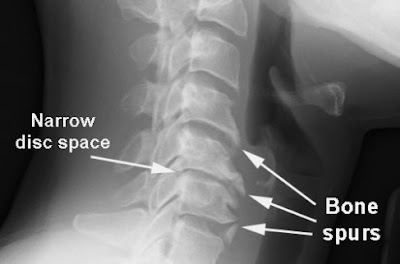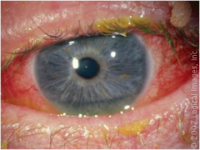A 37-year-old pregnant woman presented to the hospital with severe preeclampsia. After all medical methods were tried and failed to control her severe preeclampsia, a joint decision was made to induce
labor to save the life of the mother. The pregnancy was too early for the fetus to survive.
The following day she began to develop the lesions shown in picture above. Her past history includes antiphospholipid syndrome with multiple pregnancy losses. This was her third episode of having such skin lesions.
A diagnosis of pemphigoid gestationis was made after biopsy results from the lesions.
Case Discussion
Pemphigoid Gestationis
Pemphigoid gestationis is a rare autoimmune bullous dermatosis of pregnancy. The disease was originally known as herpes gestationis because of it visual similarities to herpes simplex infection. However, that term has fallen out of favor because pemphigoid gestationis is not associated with active or prior herpes virus infection.
Pemphigoid gestationis, is defined as a bullous or blistering disease that is associated with pregnancy or with trophoblastic tumors
Pathology:
• The pathophysiology of the disease involves immunoglobulin (Ig) G antibodies that attack cells in the skin.






























